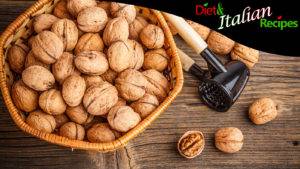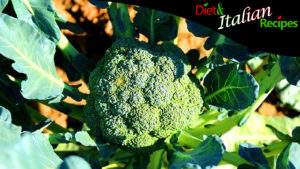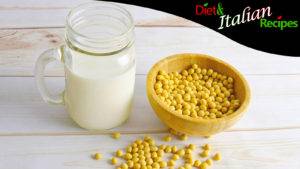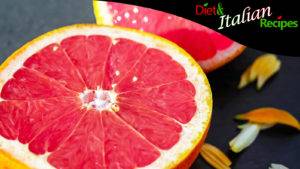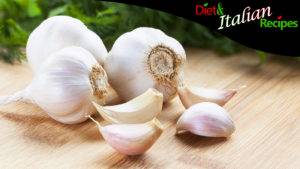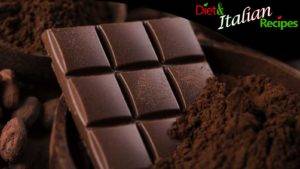Acacia honey, its characteristics, therapeutic properties, and benefits to the body, all valuable information about the most famous and beloved honey in the world. What color is the best acacia honey, how is it made, how does it crystallize at low temperatures, how sweet is it, what are the main therapeutic properties and benefits for the body? Let’s see all the details of a sweet food loved by everyone, the honey from the Acacia plant, or Robinia, mainly found in northern Italy, used both in cooking and as a natural remedy: a teaspoon of honey in a hot infusion can alleviate seasonal illnesses.
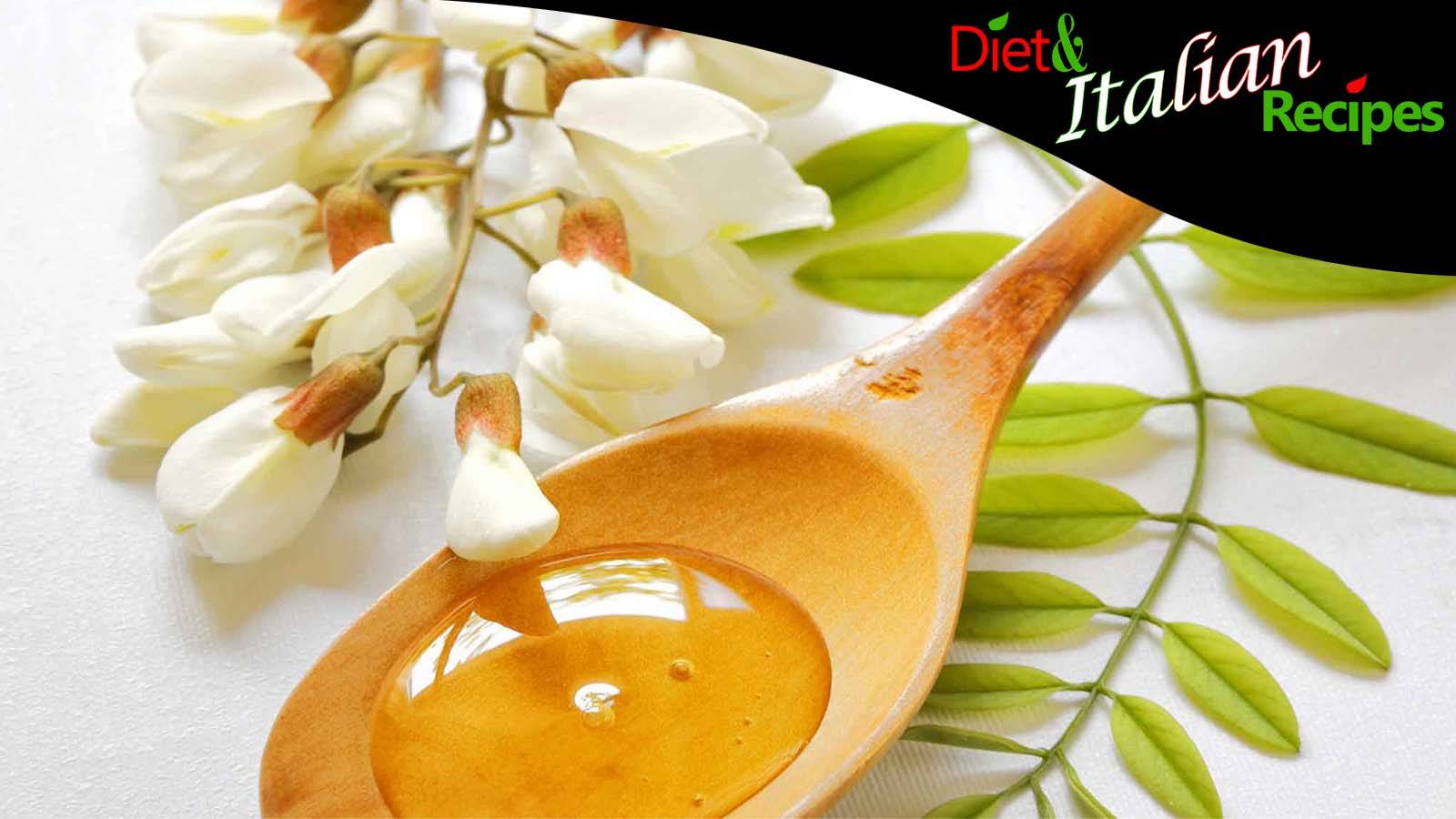
Characteristics of Acacia Honey
Acacia honey, like all monofloral honey (the opposite of multifloral honey), is produced by bees that collect nectar from the Acacia plant. Robinia is the honey Acacia plant, a powerful tree up to twenty-five meters high, with creamy-colored clustered flowers. How is acacia honey made? Worker bees transform nectar into honey, ingesting the sugary substances from Robinia flowers and then storing precious acacia honey in their hive.
Among the main characteristics of acacia honey, we recognize its color. This honey is almost colorless when pure. If bees mix it with nectar from other flowers, the honey assumes a straw-yellow color, always remaining very clear. The second characteristic is that acacia honey is pleasing to everyone, even those with a delicate palate, which is why it is given to children, for example. The third characteristic of acacia honey is that it does not crystallize, or rather, it tends not to crystallize easily, remaining liquid even at low temperatures. The fourth characteristic is its sweetness, it melts in the mouth and is very sweet, ideal on toast to start the day with a dose of natural and organic energy.
Acacia honey maintains all its characteristics that make it so loved and famous worldwide. It keeps for a long time and is an excellent sweetener, a valid substitute for sugar both in drinks and in dessert recipes, making our diet healthier. Now let’s see the therapeutic properties of acacia honey.
Therapeutic Properties of Acacia Honey
The therapeutic properties of acacia honey are numerous, let’s see them one by one.
- Acacia honey is very sweet, so it has energizing and restorative properties: it is perfect in the diet of those who, for example, engage in intense physical activity or for those who need to recover from seasonal ailments thanks to the vitamins, proteins, and minerals it contains.
- Diabetics can also use and eat honey because it does not require insulin to be metabolized (however, we recommend consulting a doctor before eating honey).
- The therapeutic properties of acacia honey also manifest themselves at the liver level with detoxifying effects.
- Acacia honey counteracts stomach acidity and promotes intestinal balance.
- It is a powerful antibacterial agent useful for relieving coughs and sore throats.
To obtain all these therapeutic properties, however, it is necessary to choose raw, quality honey of controlled origin, that is, local produced honey. There is never a guarantee of genuineness and origin on imported and processed products.
Benefits of Acacia Honey
By choosing the best acacia honey, you will have all the qualities usually attributed to honey. In summary, it has antibacterial and anti-inflammatory action, is easily digestible, and is a natural sweetener. Here are the main benefits of acacia honey:
- Soothes coughs and sore throats.
- Prevents symptoms of gastroesophageal reflux and relieves heartburn.
- Acts as a mild laxative, useful in the treatment and prevention of constipation.
- A true natural supplement of vitamins and minerals for athletes.
- Detoxifies the liver.
SHARE Acacia Honey Characteristics, Therapeutic Properties, and Benefits.
The information provided in the Diet and Italian Recipes articles is for INFORMATION ONLY and does not intend to replace the opinion of professional figures such as a doctor, nutritionist, or dietitian, whose intervention is necessary for the prescription and composition of personalized dietary therapies.
